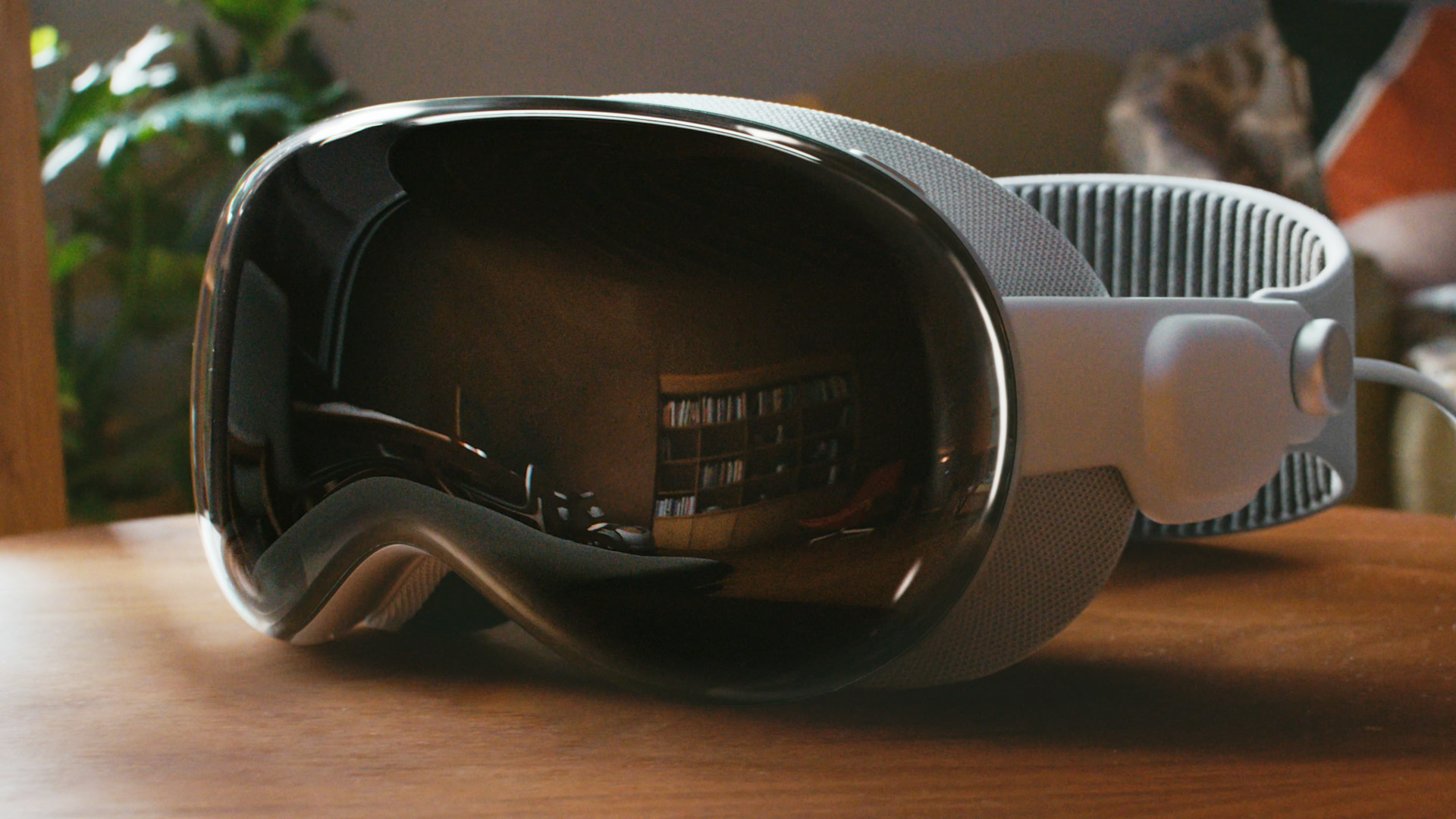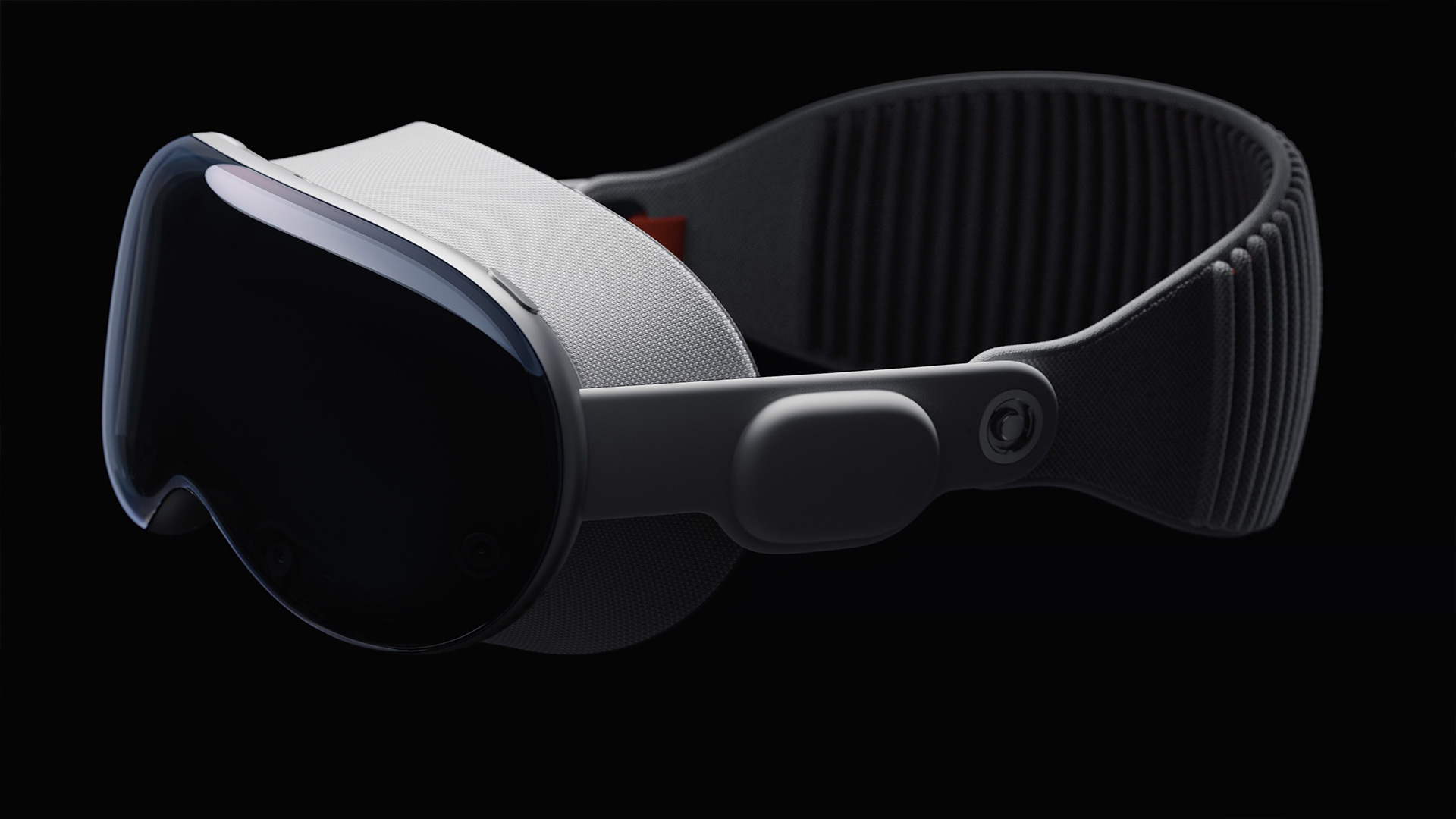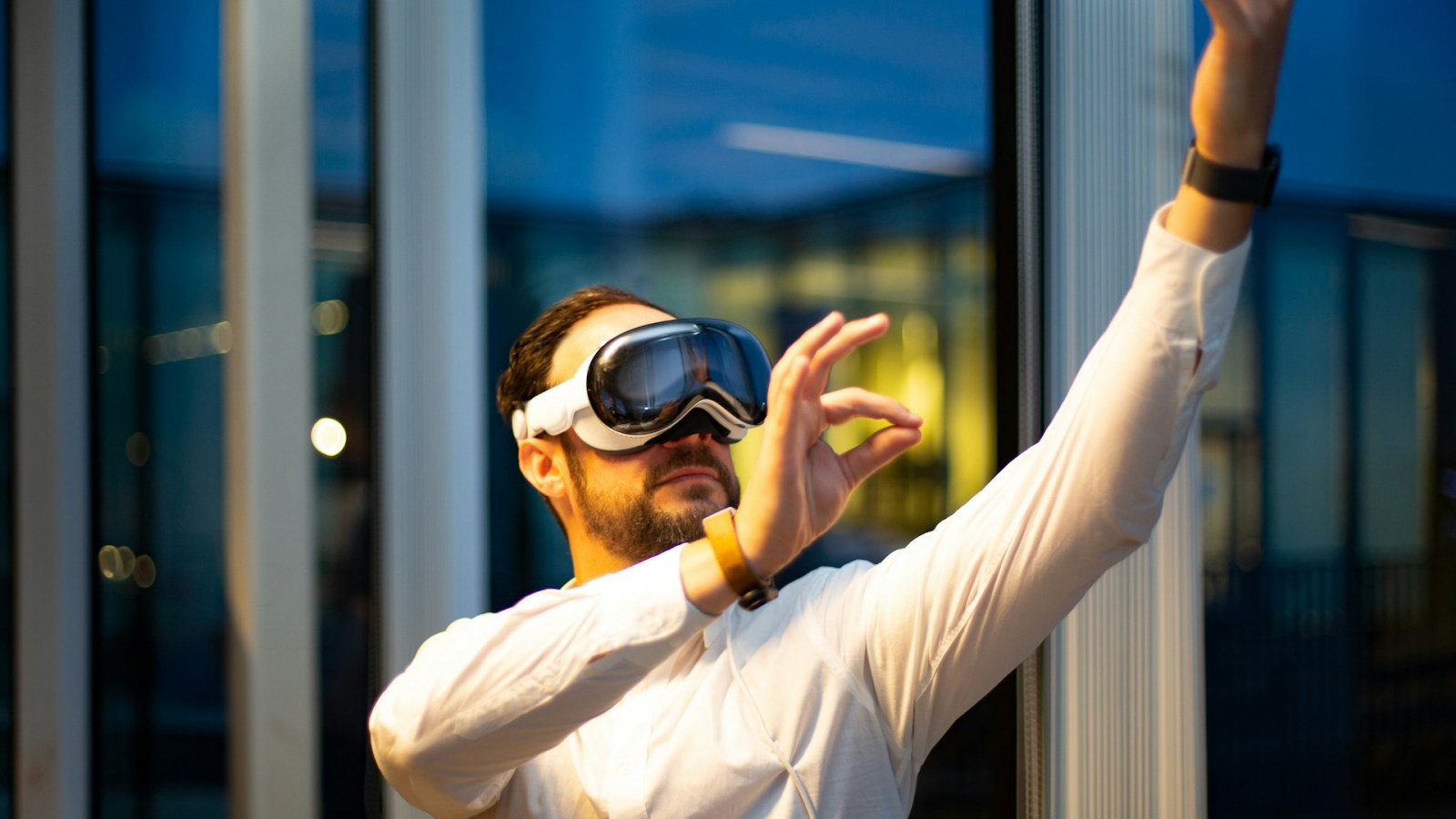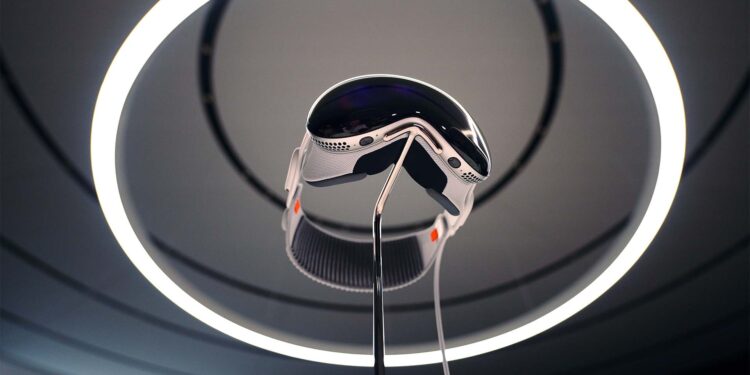In the high-stakes world of consumer electronics, Apple’s plan to democratize its cutting-edge technology with a more affordable Vision headset seems to have hit a snag, extending its timeline well beyond 2027, according to renowned supply chain analyst Ming-Chi Kuo. The anticipated alternative to the premium-priced Vision Pro, which incorporates near-4K micro-OLED displays, now faces significant delays, casting uncertainty over its potential market impact and consumer accessibility.

Mixed Signals in the Tech Forecast
Kuo’s recent claims present a confusing narrative against the backdrop of conflicting reports from credible sources. Notably, Kuo suggested that Apple’s strategy to introduce a cheaper version of its Vision headset has been pushed back significantly “for a while now.” This stands in stark contrast to reports from both Bloomberg’s Mark Gurman and The Information, which suggested an imminent arrival of the headset around 2025, estimated to be priced at about $2,000.
The contention arises as these reports present a palpable divide. While Gurman had pointed out as recently as April that Apple was still grappling with cost reduction strategies for this more accessible device, Kuo’s latest insights suggest a much later timeline. The disparity in these timelines raises questions about the internal and external challenges Apple faces, from production hurdles to market strategy adjustments.

The Price of Innovation
The core of the issue seems to stem from the technological and financial barriers in downsizing the costs associated with Apple’s sophisticated micro-OLED technology. Originally developed by Sony, these displays are the linchpin of the Vision Pro’s luxurious viewing experience, with costs reportedly reaching $700 per unit. This pricing sets a high threshold for creating a lower-cost version that maintains the quality consumers expect from Apple products.
Efforts to mitigate these costs have seen Apple engaging with alternative suppliers like SeeYa and BOE in China, as well as considering different technologies from South Korean giants LG and Samsung, and Japan’s JDI. These companies are reportedly exploring both lower-resolution micro-OLED displays and high-density regular OLED displays, which could offer a compromise between cost and performance.

A Strategic Pivot or a Stumble?
Kuo speculates that the delay beyond 2027 could be due to more than just technical challenges; it might also reflect a strategic decision by Apple to ensure the product can meet a broader range of use cases beyond just being more affordable. This insight suggests that Apple is possibly reevaluating the market viability of a cheaper headset, considering whether lowering the price alone will suffice to attract buyers without sacrificing the premium experience that defines its brand.
Given the mixed signals from various reports and the complexity of Apple’s supply chain strategies, the tech community and potential consumers are left watching closely. Will Apple manage to balance cost and innovation to bring a new kind of Vision to the masses, or will this endeavour prove too ambitious for even a tech titan? As the situation continues to evolve, the industry awaits further details, ready to analyze each development in the context of an increasingly competitive market that demands both excellence and accessibility.










